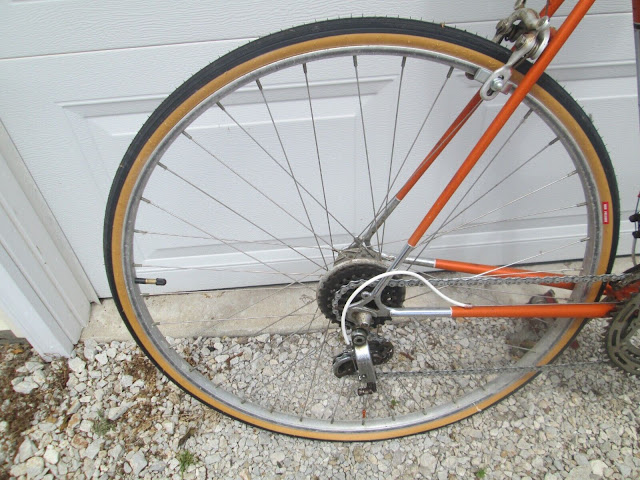The past few days have showcased, for me, some of the ways I choose my rides, especially familiar ones.
On Saturday, I pedaled to Connecticut because the conditions seemed perfect: a not-too-warm day with not-too-high humidity and a moderate breeze that I pedaled into on my way up--which meant, of course, that it blew at my back on my way home.
On Sunday, I felt really good and not in need of "recovery" from the previous day's ride. Still, I wanted to do something slightly less challenging, but still fairly long. So I pedaled out to Point Lookout.
I also rode to PL yesterday, into a stronger wind than I'd experienced during my two previous rides. Also, I was starting a bit later than on my weekend rides, and I knew I could ride at a reasonable pace and still get home well before the end of the day. But the other day, Monday, I did a shorter ride, in part because I had to do a few other things. But, also, I wanted to explore some nearby nooks and crannies I don't often see, their proximity to my apartment notwithstanding.
One of those enclaves is part of what we half-jokingly call "Astoria's San Francisco." The streets in that area, north of Astoria Boulevard and west of 21st Street, are indeed hills, though not as steep as, say, Lombard Street. They are also, like so many San Fran streets, narrow.
Another thing that makes that part of Astoria interesting is the mix of buildings. Most are residential. Some are landmarked, including mansions which, as I understand, are still owned or even lived in by descendants of the families who built them. But, a block or two away from such edifices, one can find a seemingly-typical New York bodega that was once a cafe which, as rumor has it, served as the major Mafia gathering place in the area. Also in proximity to the grand old buildings, which ranging from the stately to almost derangedly rococo, are some old storefronts and warehouses that serve as canvases for local talent.
Through the decades, I've cycled for fun and health, physical and mental. I've toured cities and countryside, in the United States and other nations. I also raced, albeit briefly. And, of course, I have commuted to work and school on my bike. Sometimes I think that one of the things that keeps me riding are the sensory surprises and stimulations I encounter along the way.




.jpg)
.jpg)
.jpg)
.jpg)

.jpg)





